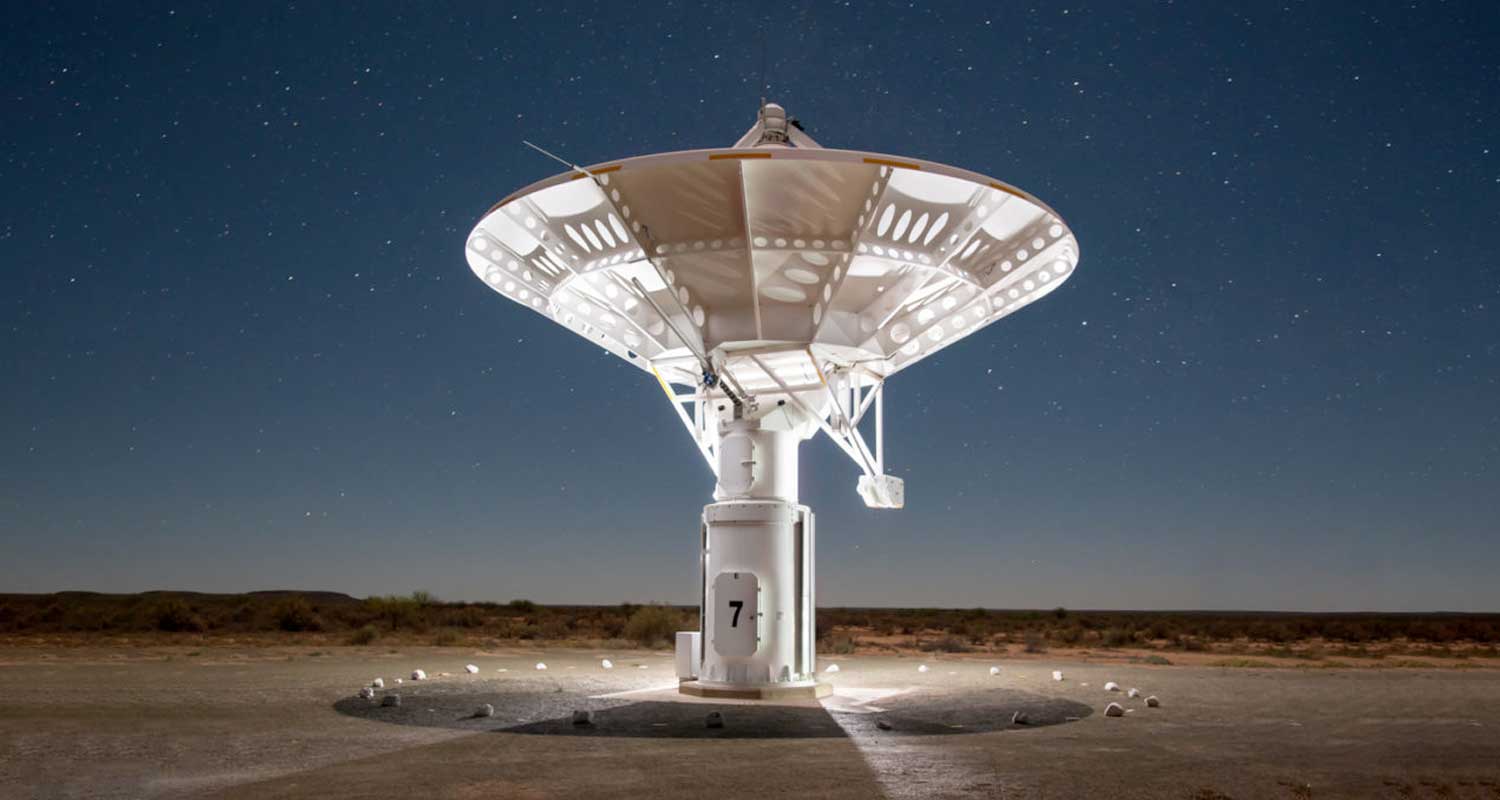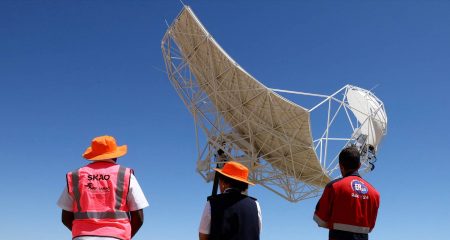 The MeerKAT telescope array in the Karoo has begun observations of a million nearby stars, listening for the tell-tale signs of intelligent life in our corner of the Milky Way galaxy.
The MeerKAT telescope array in the Karoo has begun observations of a million nearby stars, listening for the tell-tale signs of intelligent life in our corner of the Milky Way galaxy.
It’s part of an initiative called Breakthrough Listen, announced on Thursday by the South African Radio Astronomy Observatory (Sarao), and involves a “powerful new instrument” deployed to the MeerKAT radio telescope that “expands the number of targets searched by a factor of a thousand”.
The project will search for “technosignatures” emanating from space that could indicate the presence of technologies developed by extra-terrestrial intelligence.
“The astronomers and engineers on the Breakthrough Listen team have spent the last three years developing and installing the most powerful digital instrumentation ever deployed in the search for technosignatures, and integrating the equipment with the MeerKAT control and monitoring systems in cooperation with Sarao engineers,” Sarao said in a statement.
“The new hardware complements Listen’s ongoing searches using the Green Bank Telescope in the US, the Parkes Telescope in Australia, and other telescopes around the world. But while Listen’s programmes at the GBT and Parkes involve moving these thousand-ton-plus dishes to point at targets all over the sky, the programme on MeerKAT usually won’t mechanically move the antennas,” the organisation explained.
‘Excellent sensitivity’
“MeerKAT consists of 64 dishes, which can see an area of the sky 50 times bigger than the GBT can view at once,” explained Breakthrough Listen principal investigator Andrew Siemion in the statement. “Such a large field of view typically contains many stars that are interesting technosignature targets. Our new supercomputer enables us to combine signals from the 64 dishes to get high-resolution scans of these targets with excellent sensitivity, all without impacting the research of other astronomers who are using the array.”
Read: Stunning new MeerKAT image shows complex heart of Milky Way
Sarao explained that by operating in this “commensal” mode, Breakthrough Listen gains access to one of the world’s most capable and sensitive radio telescopes almost constantly. “The ability to scan 64 targets at a time within the main field of view also improves Listen’s ability to reject interfering signals from human technology such as Earth-orbiting satellites.”
Read: MeerKAT helps solve the mystery of the ORCs
The first scientific feedback from work being conducted using the MeerKAT array is expected to be published within months. — © 2022 NewsCentral Media




